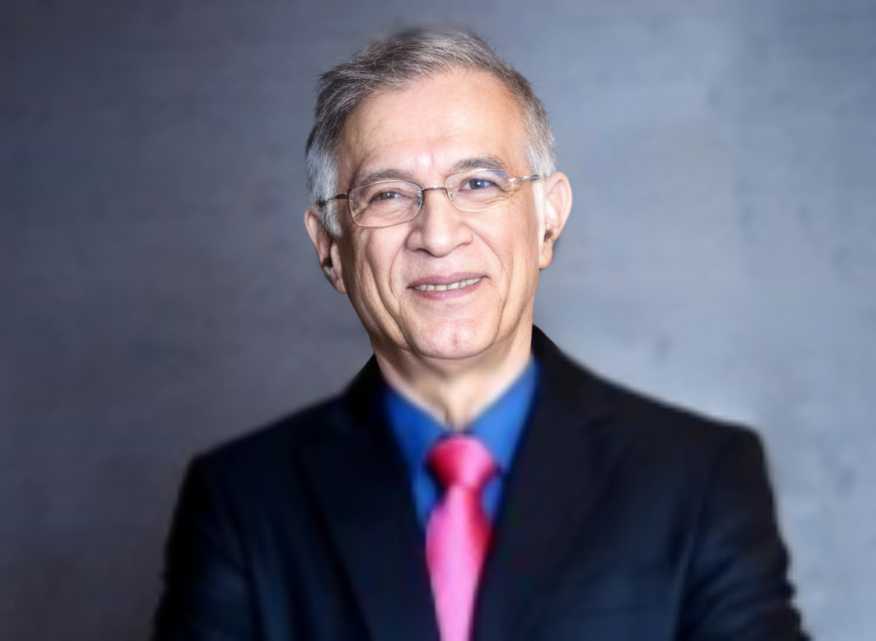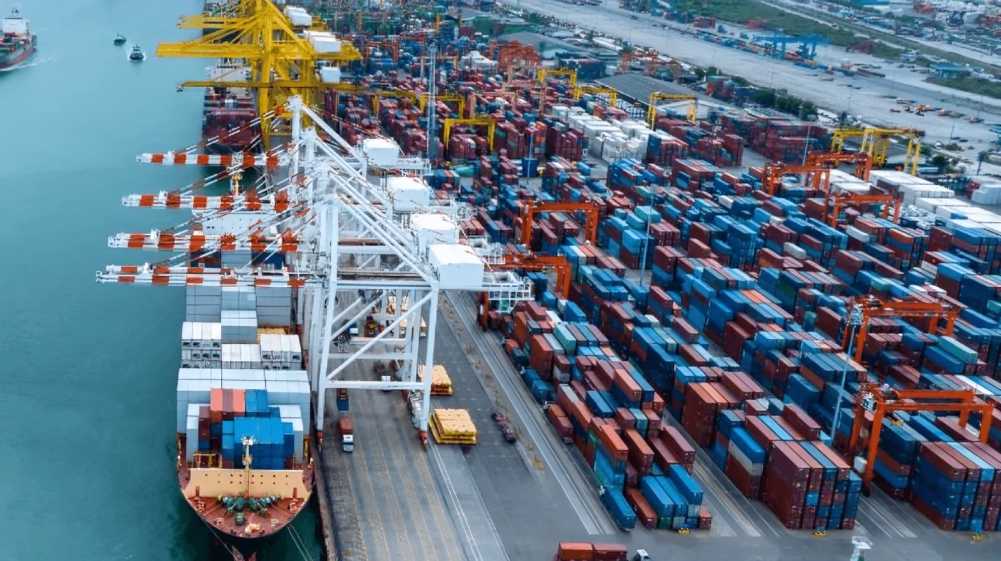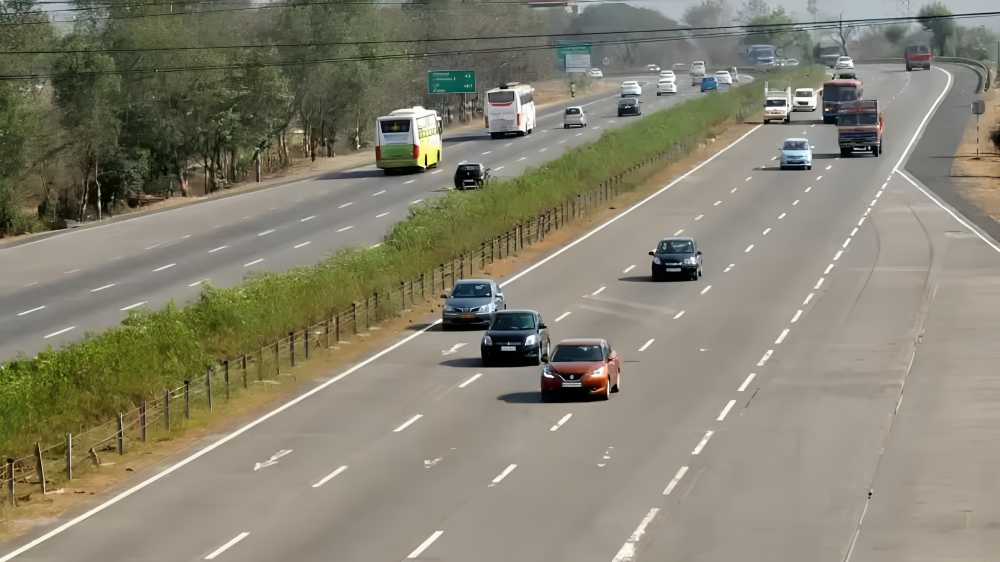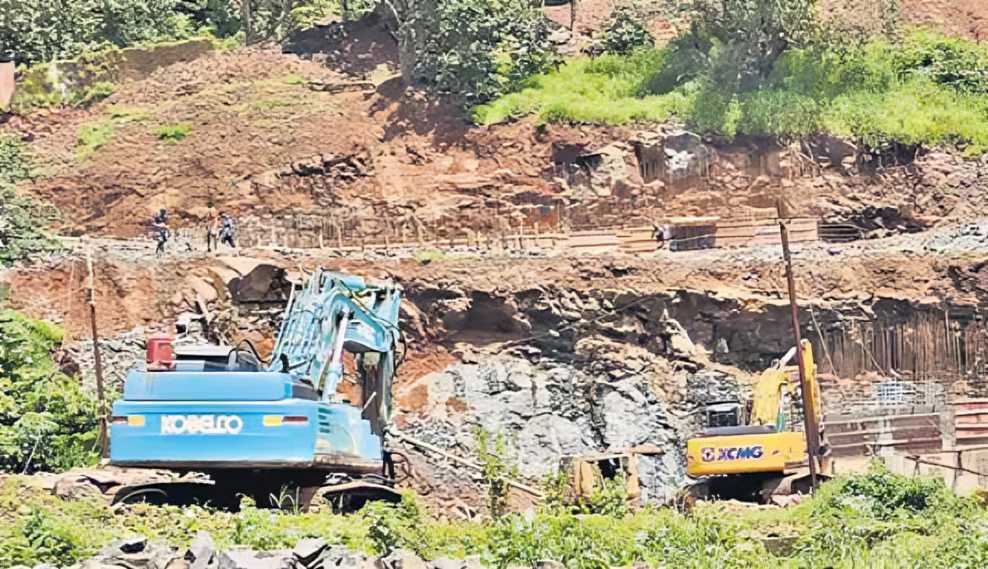October 09, 2025: Real estate tycoon Niranjan Hiranandani has lauded the Maharashtra government’s ambitious vision for the housing sector, emphasising that the state’s ongoing infrastructure and redevelopment initiatives could make “housing for all” a reality and help eliminate slums across Mumbai.
In an interview with ANI, Hiranandani expressed optimism about the transformative potential of these projects, stating, “My view is that housing for all as an objective, we can achieve. There’s no shortage of money in the country. We can eliminate all the slums in Mumbai. Devendra Fadnavis has said that in seven to eight years, I can eliminate where half the population of Mumbai lives in slums today.”
Highlighting the government’s rapid progress in infrastructure, he pointed to the massive metro expansion across Mumbai. “We are now spending; we’re doing 300 kilometres of metro. We had 190 kilometres of suburban rail for 65 years. We are going to add 300 plus kilometres of metro in two years. We have a cross-harbour bridge. We are putting up a second airport. We are already planning a third airport,” he said, adding that India is now capable of “super achievements never dreamt of before.”
Addressing criticism surrounding the Dharavi redevelopment project, Hiranandani extended support to industrialist Gautam Adani, stressing the importance of entrepreneurship and wealth creation for India’s progress. “We need 40 Adanis to come. We have only one Adani and one Ambani. If 40 come, then our country will improve and there will be more competition between them,” he remarked.
He further defended India’s leading businessmen, saying, “They give jobs to everybody… There will always be jealousy of super-successful people… They don’t understand how much work goes to be what they are.”
The Dharavi redevelopment master plan, approved by the Maharashtra government in May, aims to transform one of the world’s largest slums into a modern urban hub.
Source: The Economic Times





